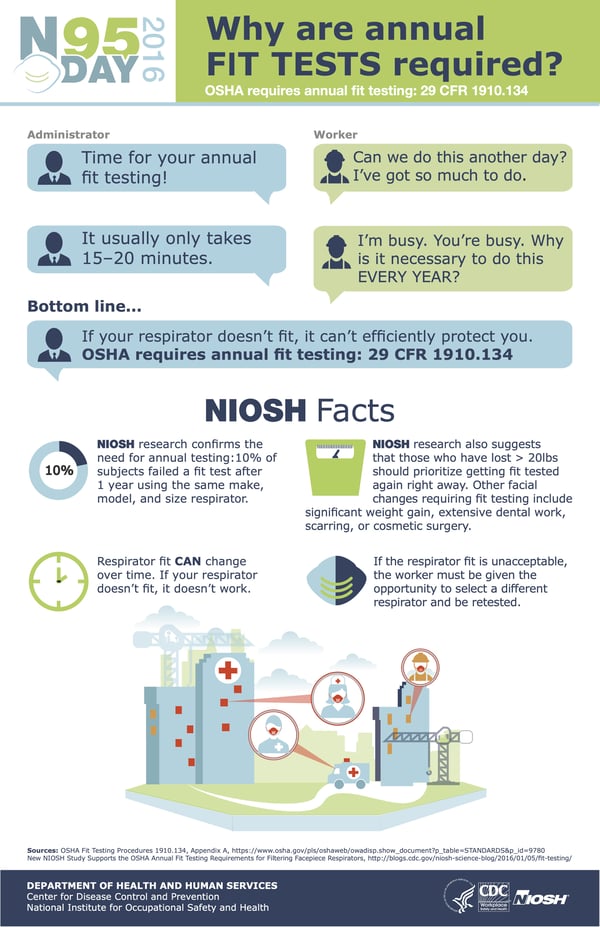Return To Work & Staying Safe: Part Two
This series is brought to you by Riskall, an N-Tech partner and focuses on helping you stay safe during your transition back to work
The COVID-19 pandemic has created an unprecedented number of people who now depend on N95 style respirators for protection at work. These masks are relatively inexpensive and offer a high degree of protection. However, employers need to take appropriate precautions to ensure that masks do not create an additional hazard and that they are used as intended. Employers are responsible for meeting the fit testing requirements under the Federal OSHA or State OSHA Respiratory Protection Standards.

Infographic provided by Centers for Disease Control and Prevention
Prior to employers requiring workers to wear respirators, including filtering face-piece respirators, they must obtain medical clearance for each employee. Employers must select a health care professional to perform a medical evaluation of each employee before mandating N95 respirators.
Why does a medical evaluation of each employee have to be performed?
Respirators can make breathing more difficult and not everyone is able to wear a respirator. Some conditions that could prevent employees from using a tight fitting respirator include heart conditions, lung disease, and psychological conditions like claustrophobia. OSHA has a standard medical questionnaire that can be used for this purpose.
Once the health care approval is obtained, then employees must be fit tested prior to use. Fit testing is performed by a qualified individual in order to ensure that the respirator is properly sized and fitted to the individual. Human faces are very diverse, and no single mask fits every face. A poorly fitted respirator would allow air to bypass the filter and expose the wearer to the hazardous substance (virus, in this case).
How does the testing work and how long will it take?
There are several different methods of fit testing respirator, but they all use a substance in the air to detect if the mask is sealed tightly to the face. Fit testing takes about 15-20 minutes and must be performed annually. If leaks are discovered, it can mean that employees need to adjust how the mask is worn, or be provided with a different respirator.
.jpg?width=600&name=N-TechBlogImage_HowtoWearN95Mask-01-01-min%20(1).jpg)
Often switching to a different size, make or model will offer an improved fit. In my fit testing experience, about 20-40% of users fail a fit test on the first attempt and need to make adjustments prior to passing. On some this requires changing how the respirator is worn on the face, adjusting the straps, or possibly substituting a different model.
According to OSHA regulations, fit testing must be repeated annually. A NIOSH/CDC study found that the number of employees who no longer maintain proper fit doubles as each year passes.
Ted Sommer is N-Tech Consulting's workplace safety partner from Riskill Inc., specializing in safety and risk management services.
